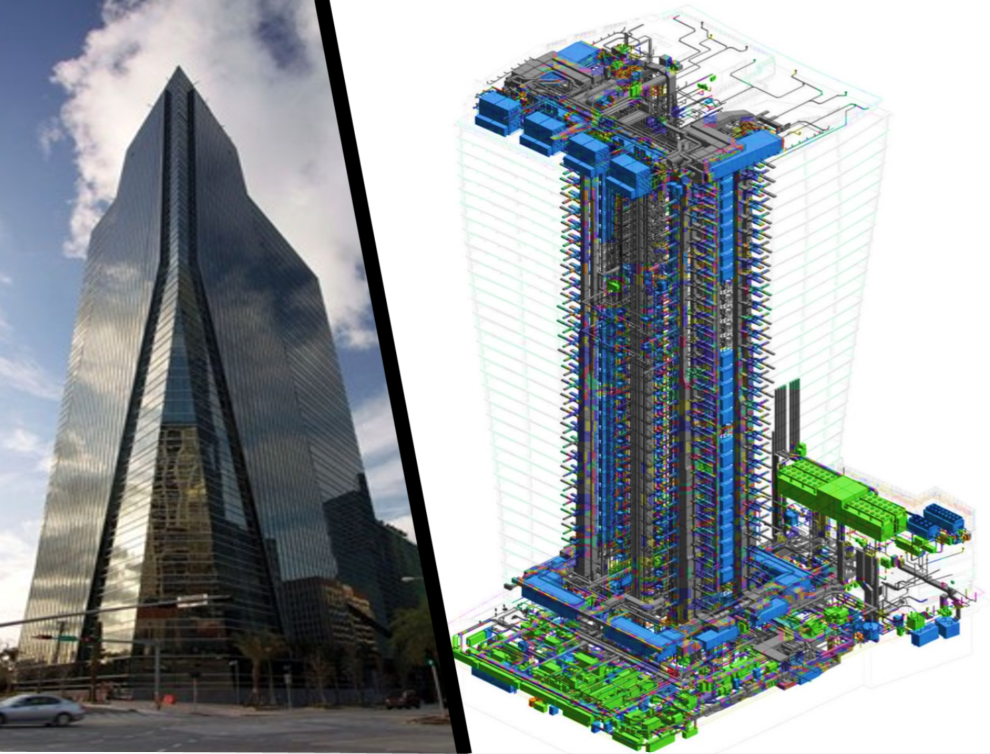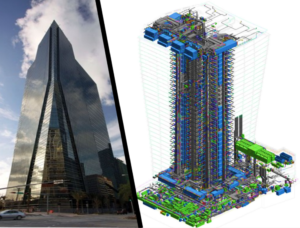MEP Engineering: Building Better Spaces Efficiently
MEP Engineering, encompassing Mechanical, Electrical, and Plumbing disciplines, is the cornerstone of today’s construction processes. These disciplines are pivotal in creating livable and comfortable building interiors, ensuring the well-being of occupants. However, MEP goes beyond the initial construction phase, influencing a structure’s long-term functionality and maintenance. Without MEP integration, a building becomes a lifeless structure, devoid of purpose. Despite its technical nature, MEP contributes to the vitality and comfort of a space.
The Interplay of Mechanical, Electrical, and Plumbing
Mechanical, Electrical, and Plumbing aspects are interrelated, often collectively referred to as MEP. Collaborating effectively enhances teamwork and expedites actions. When these disciplines are isolated during design, conflicts can arise among stakeholders and designers. To address this, the modern Architecture, Engineering, and Construction (AEC) industry has embraced integrated software and processes to facilitate seamless development.
Unpacking MEP: Mechanical, Electrical, and Plumbing
Mechanical (M): This involves the technicalities behind construction systems, encompassing air conditioning, ventilation, space heating, and more. Focusing on comfort, mechanical works consider factors like humidity, temperature, and pollutant levels. Heat distribution systems, such as steam pipes and air ducts, fall within its scope.
Electrical (E): Designing electrical systems presents challenges, from single apartments to entire buildings. Balancing luminance and optimal conduit layouts is key. MEP software aids in creating efficient plans, reducing circuit length and conflicts with other disciplines. Collaboration with mechanical systems is common, as both systems closely interact, ensuring safety and efficiency.
Plumbing (P): Plumbing systems involve complex piping layouts, often requiring collaboration with mechanical and electrical departments. High-rise buildings, for example, demand coordinated plumbing and electrical systems. Modern software enables effective collaboration among these disciplines.
Integrating MEP with BIM in Construction
Early, accurate information about MEP systems streamlines project execution. The fusion of Building Information Modeling (BIM) and MEP ensures precise design information. BIM facilitates multi-disciplinary data creation, fostering detailed digital representations for collaborative design. Applying BIM to MEP empowers engineers to optimize systems for efficiency.
Advantages of MEP BIM Integration
– Collaborative design process
– Clash-free MEP modeling from the start
– Improved HVAC, electrical, and plumbing systems
– Performance analysis accessibility
– Cost estimation and material lists
– Enhanced delivery time and quality
– Reduced redo cycles, saving time and money
– Support for construction documentation
BIM vs. Traditional Approach
Traditionally, projects relied on 2D drawings, leading to lengthy design processes and technical errors. BIM replaces this with a virtual 3D model containing all details in one place, expediting decision-making and revealing clashes. BIM’s centralized platform encourages collaboration, addressing stakeholder conflicts.
MEP for Sustainable Building Design
Sustainability is no longer optional; BIM-MEP integration aligns with eco-conscious design. Technologies like AI, heat recovery, and solar collectors integrate seamlessly with MEP design. Key benefits include energy and water conservation, reduced electricity consumption, and lowered pollution. BIM minimizes material wastage, further supporting sustainability goals.
A Promising Future
MEP Engineering bridges the gap between construction and maintenance. As the fields of automation and computational design grow, the future holds efficient solutions for every aspect of building design. By synergizing MEP and BIM, we pave the way for better-built, sustainable structures, ultimately improving our living spaces.


